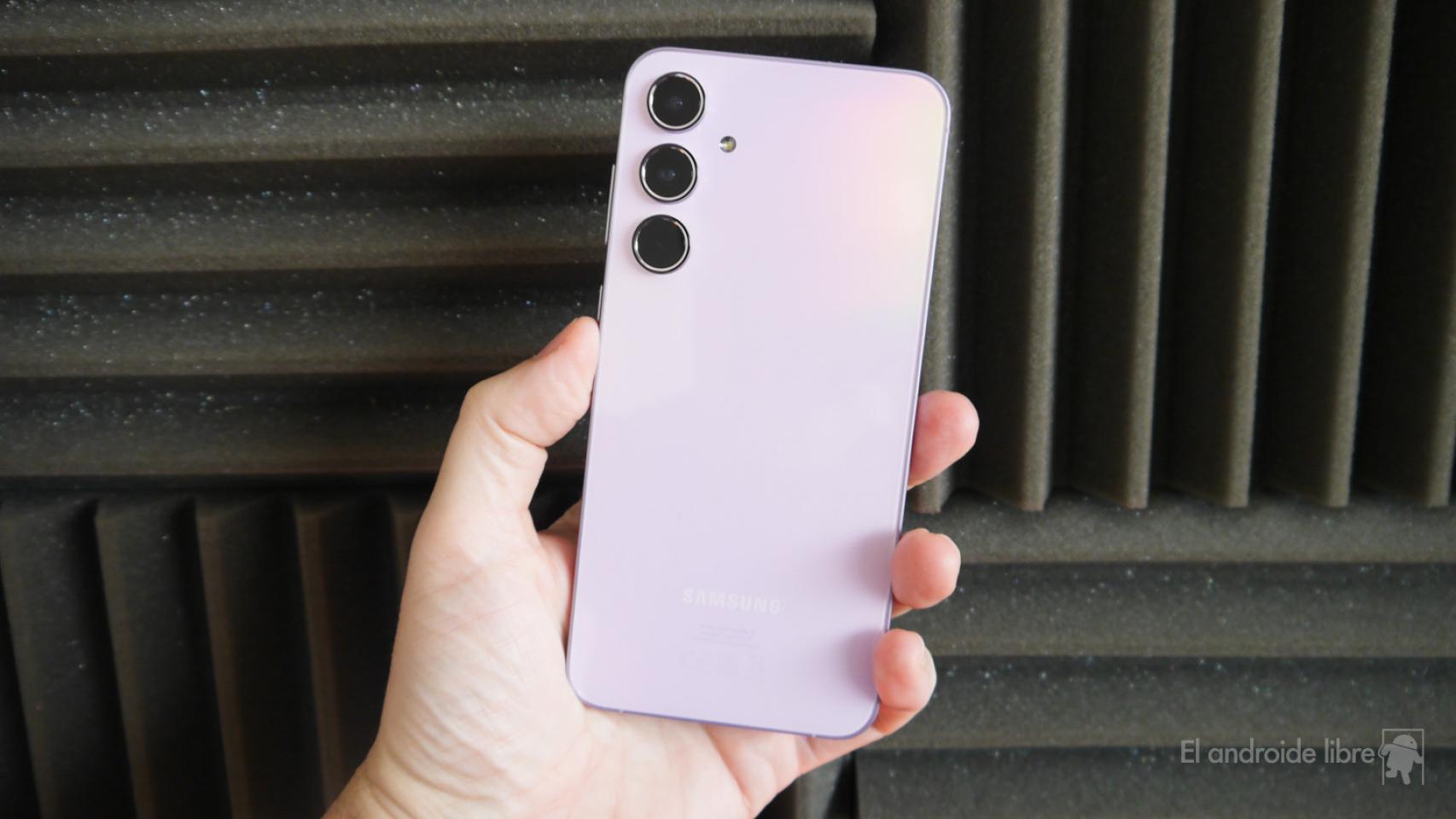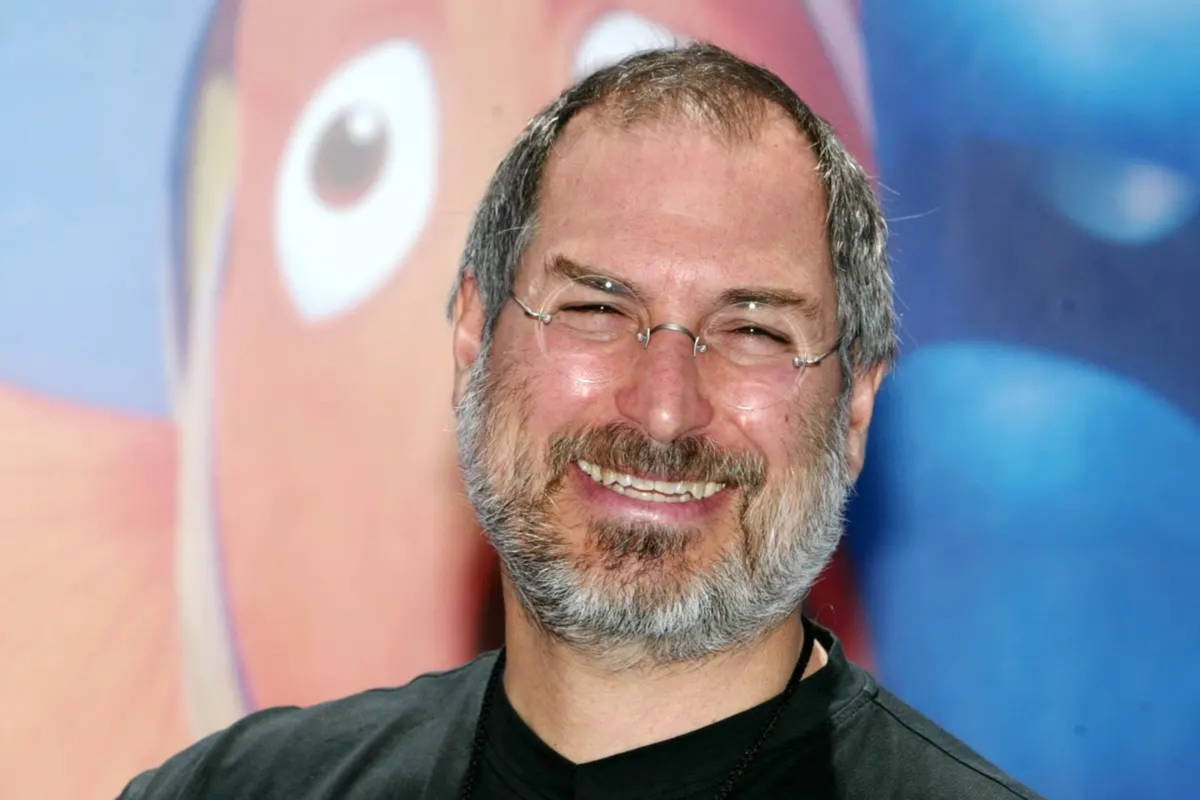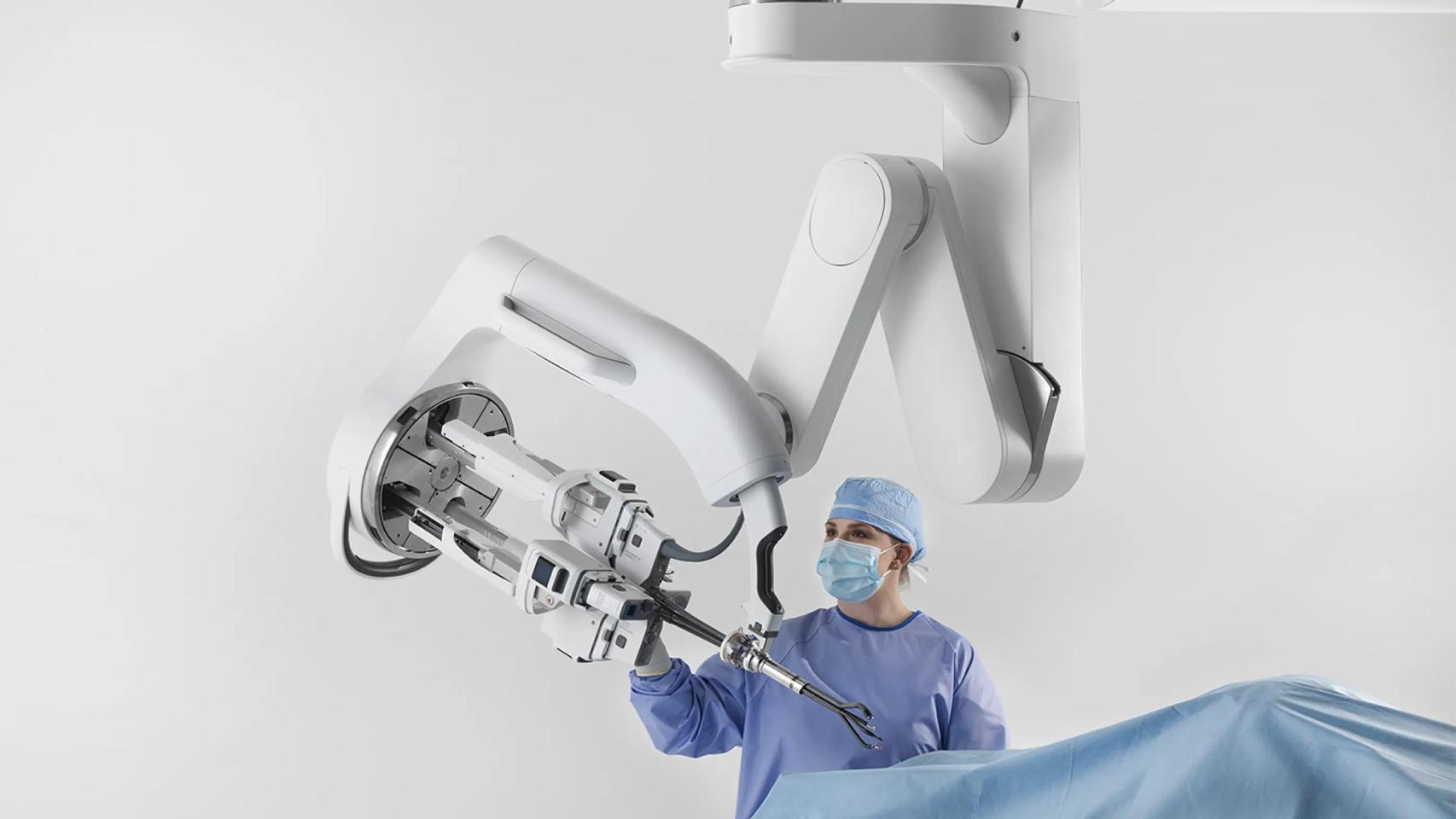Android TV unofficially came to the Nintendo Switch to offer a different way to access a large amount of content, both in handheld console mode and with the switch docked to your TV station. Do you want to know if it is worth it? We tested SwitchRoot on its Android 10 TV version.
With the latest version of Android 10 for the Nintendo Switch, the developers have adapted the interface to take advantage of the development of LineageOS for Nvidia Shield TV. The result is an adaptation of the system to the Nintendo console which not only extends the capabilities of the Shield, but also allows its use perfectly suited to television. Android apps, games, streaming… both in portable console mode and on the dock. And we tested it.
Nintendo Switch, an even more versatile console

The community has extended the console’s already enormous possibilities almost to infinity. And, thanks to its versatile architecture, the Nintendo Switch has been the subject of many developments. Linux, Android in tablet format and also with Android TV functionalities. This is exactly what the SwitchRoot team recently achieved after successfully adapting LineAgeOS to its Android 10 version.
The developers took the version of LineageOS for Nvidia Shield TV and, taking advantage of the fact that it shares the same SoC with the Nintendo Switch, they adapted the software to perform much better than expected. It’s a great job which, beyond curiosity,
The process is not covered by Nintendo and carries some risk because, although Switch memory components are not overwrittenYes, a system “exploit” is used to provide access to the benefits of Android. Thanks to Hekate, and to the aforementioned development of SwitchRoot, it is possible to enjoy Android 10 in tablet format or with a television interface on the portable console. This, yes, it must be vulnerable (before the “Mariko” plates).

The process, along with all the necessary items (except the dongle to put the console into RCM mode), is available in the official Switchroot thread on XDA Developers. We chose the option with LineageOS Android TV. The process of starting the system is somewhat complex, it must be followed meticulously, and besides the logical risks of damaging the console, there is also the risk that it will not work if any of the steps are changed. In our tests, Android TV performed well with 64 GB micro SD memory and 64-bit “GApps tvmini” and Android 10. You have to be patient.
Cyberpunk 2077 on the Nintendo Switch? With Stadia it’s possible
Having Android TV on the Nintendo console allows you to use the TV interface to turn the big screen into a Smart TV. This implies that the switch is instantly suitable for receiving applications such as Netflix, Spotify, Amazon Prime Video, HBO or Google Stadia, for example. SwitchRoot opens the door to streaming both with the console in the dock and in portable mode.
The fact that the Nintendo Switch supports Android apps and games does not directly imply that the apps will work instantly because, being an unofficial development, there are some issues with licensing and DRMS (like Widevine). Netflix does not allow the playback of content, for example; although it can be solved with Magisk.

The console supports Android TV interface control with Switch controllers, allows you to connect other controllers (such as the Nvidia Shield), and also works with the touchscreen (although not in all apps and menus). The system loads the channels of the different installed applications, allows movement between all the cards using the remote controls, plays games (or streaming) providing functional support to the JoyCons and, in general, works very well considering the difficulty of development.

We encountered stability issues, also excessive consumption and heating when using the Nintendo Switch out of its dock. These drawbacks are logical given the difficulties of adapting an operating system such as Android TV to equipment not prepared for the task. In addition, SwitchRoot is in constant development. And the developers have already released their first OTA update (549MB) to fix a lot of the initial bugs.
A curiosity that can be more useful than it seems

We cannot recommend using SwitchRoot on the console because although the risk of damaging it is low (Android TV is loaded on the micro SD, not on the Switch), can always trigger problems that end up damaging the machine. Also, in order for Android TV to perform well enough, it is essential to balance all the processes (when something goes wrong it can be hopeless) and to have a fairly fast micro SD card. Otherwise, the experience tends to be a disaster.
Android TV on Nintendo Switch is a curiosity, yes, but it also opens the door to streaming games that will surely never officially reach the console.
We loved that the Nintendo Switch became a fully functional Android TV by connecting it to the TV with its dock: we did not notice any excessive differences from our own device with this system (too bad for the 1080p resolution). Access to Android apps and games is a notable improvement for the Switch. And what about the potential of Google Stadia, for example: who was going to say that the console was going to start Cyberpunk 2077 without getting discouraged? Controlling V on the Switch was a pleasure.










